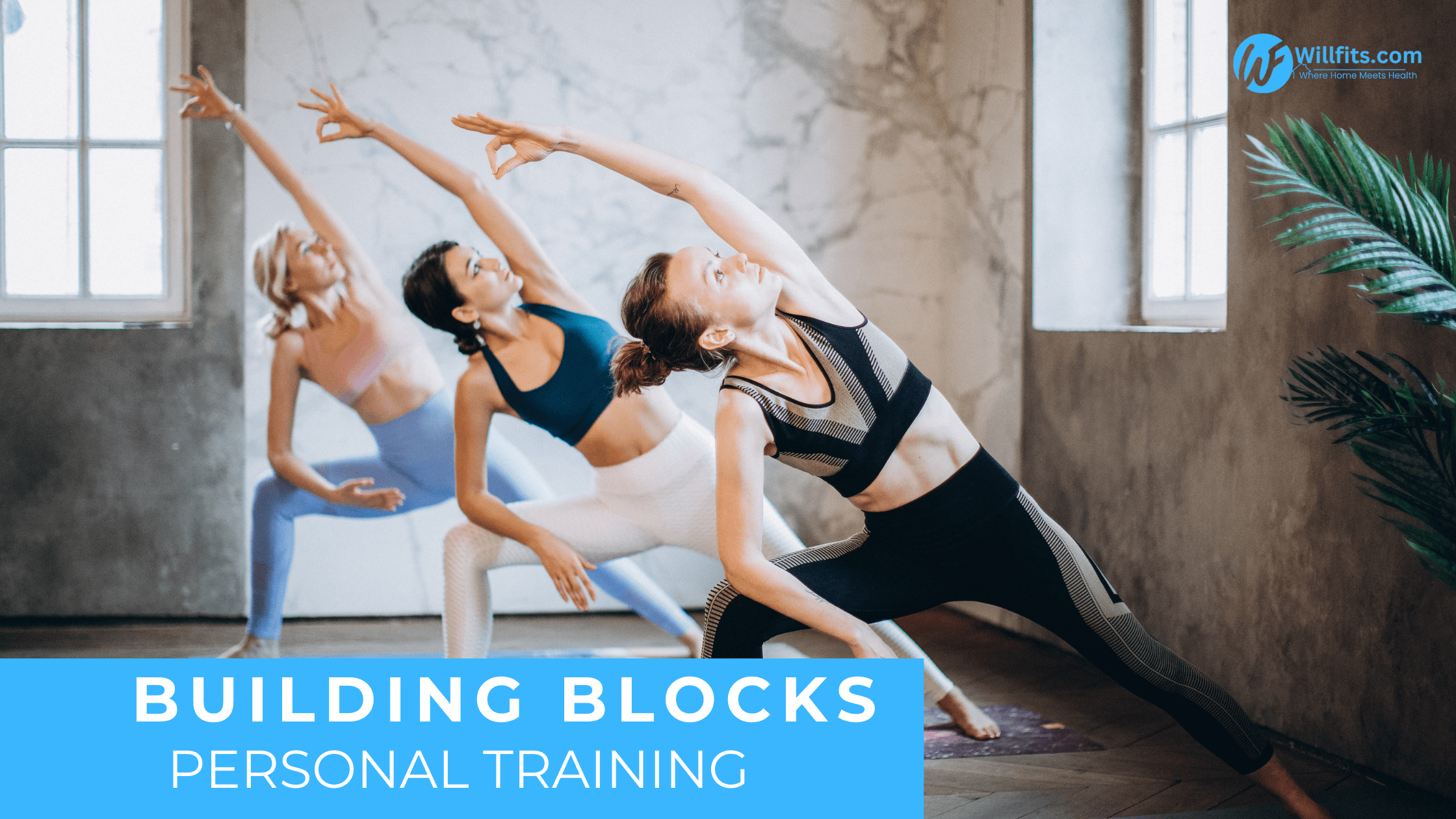1. Understanding the Role of a Personal Trainer
- Client Assessment: Evaluate clients’ fitness levels and health conditions.
- Program Design: Develop personalized workout plans tailored to individual goals.
- Motivation and Support: Inspire and support clients throughout their fitness journeys.
- Education: Teach clients about proper exercise techniques, nutrition, and healthy lifestyle choices.
2. Choosing the Right Certification Program
- American Council on Exercise (ACE): Known for comprehensive and practical certification programs.
- National Academy of Sports Medicine (NASM): Focuses on evidence-based training and corrective exercise.
- International Sports Sciences Association (ISSA): Offers flexible, online-based programs.
- National Strength and Conditioning Association (NSCA): Ideal for those focusing on strength and conditioning.
3. Meeting Certification Prerequisites
- Age Requirement: Typically, candidates must be at least 18 years old.
- CPR/AED Certification: Most programs require a current CPR/AED certification.
- Educational Background: A high school diploma or equivalent is usually necessary.
4. Preparing for the Certification Exam
- Study Materials: Utilize study guides, textbooks, and online resources from the certification body.
- Study Schedule: Create and stick to a structured study plan.
- Practice Exams: Take practice exams to familiarize yourself with the exam format and question types.
- Study Groups: Join study groups for shared knowledge and motivation.
5. Gaining Practical Experience
- Internships: Gain practical experience through internships at fitness centers.
- Volunteering: Volunteer at local gyms or community centers to build experience and network.
- Personal Fitness: Engage in personal fitness activities to understand different training methods and techniques.
6. Launching Your Career
- ob Search: Look for opportunities at gyms, health clubs, fitness centers, and wellness centers.
- Networking: Attend industry events and join professional organizations to connect with other professionals.
- Continued Education: Stay updated with the latest fitness trends and pursue additional certifications and workshops to enhance your skills.
7. Specializing in a Niche
- Weight Loss Training
- Strength and Conditioning
- Senior Fitness
- Youth Fitness
- Sports-Specific Training
8. Building a Strong Personal Brand
- Professional Website: Develop a website to showcase your services, client testimonials, and contact information.
- Social Media Presence: Use platforms like Instagram, Facebook, and LinkedIn to share fitness tips, success stories, and engage with potential clients.
- Client Relationships: Build strong relationships with your clients by maintaining open communication and providing personalized training programs.
9. Utilizing Technology
- Fitness Apps: Use apps to track client progress and communicate.
- Online Booking: Implement an online booking system for convenience.
- Virtual Training: Offer virtual training sessions for remote clients.
10. Continuing Professional Development
- Continuing Education Courses: Participate in courses and workshops to stay updated on the latest fitness trends and techniques.
- Professional Development: Attend industry seminars, conferences, and webinars.
- Advanced Certifications: Pursue advanced certifications in specialized areas.
Laying a solid foundation for your career in personal training involves education, hands-on experience, and continuous professional development. By following this guide, you can build a successful and fulfilling career, inspire others to lead healthier lives, and make a lasting impact in the fitness community. Embrace your journey, motivate your clients, and shape the future of fitness.














